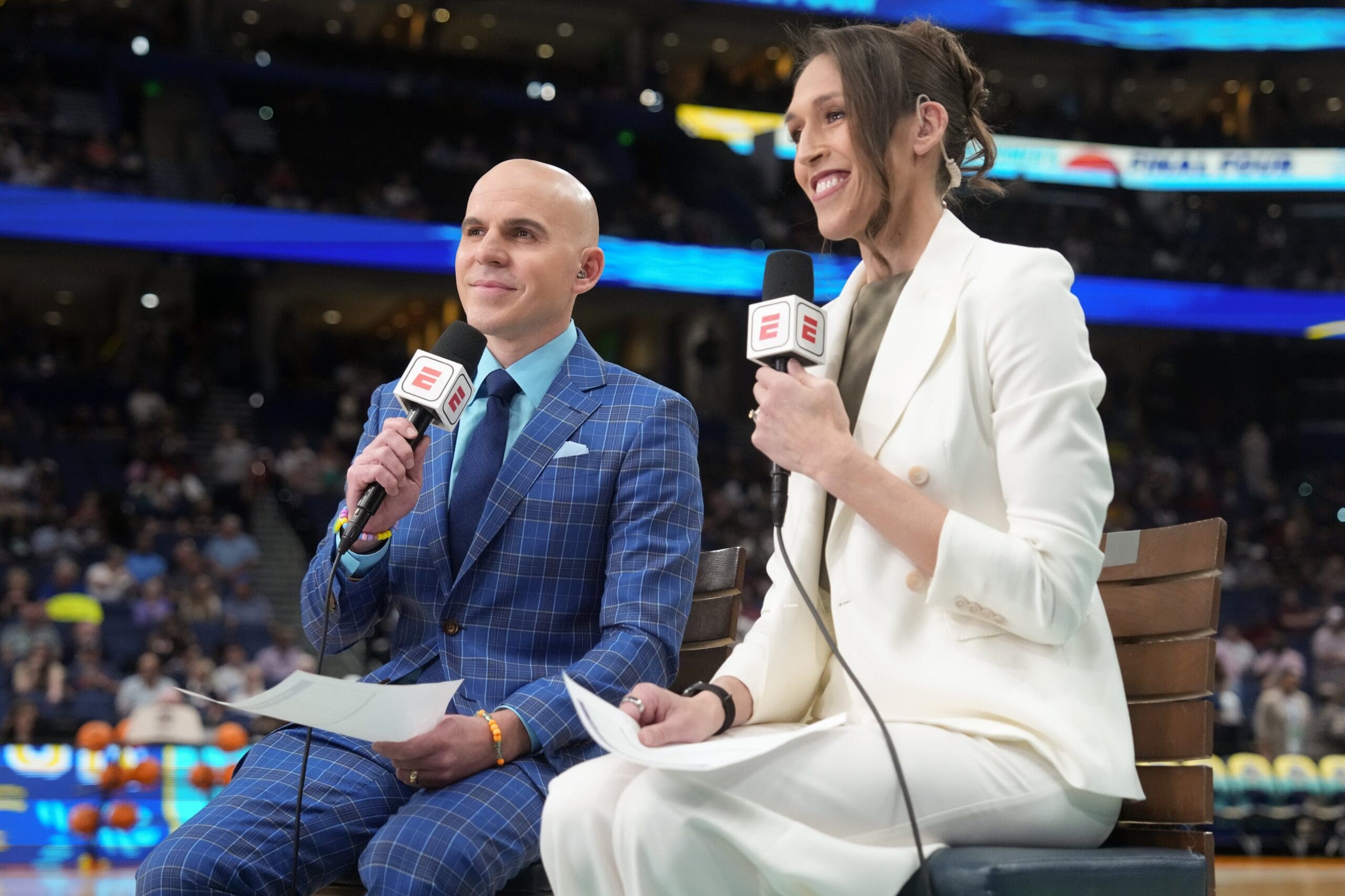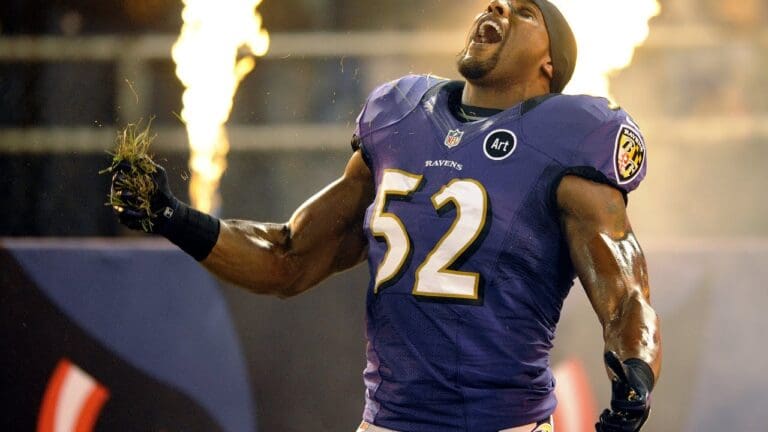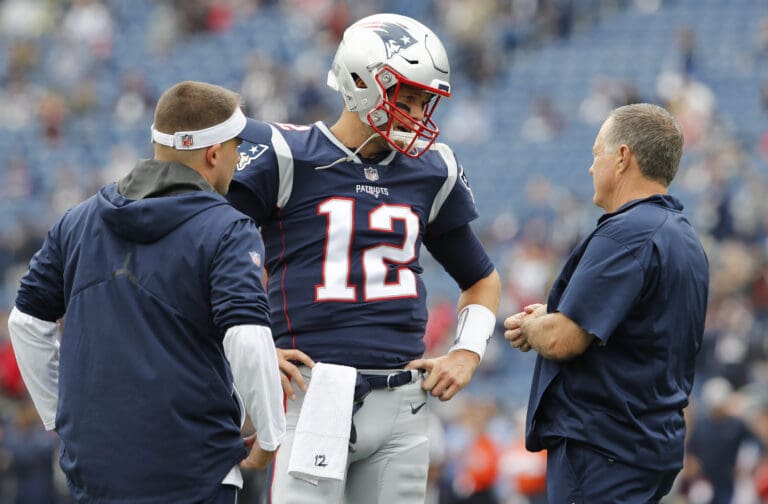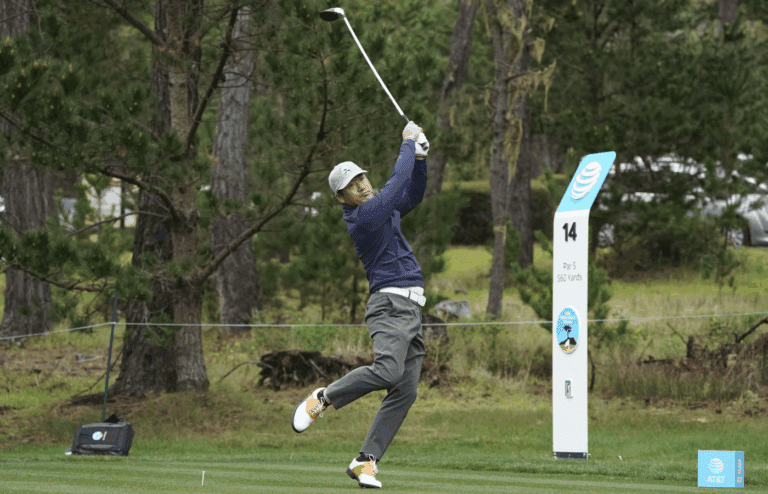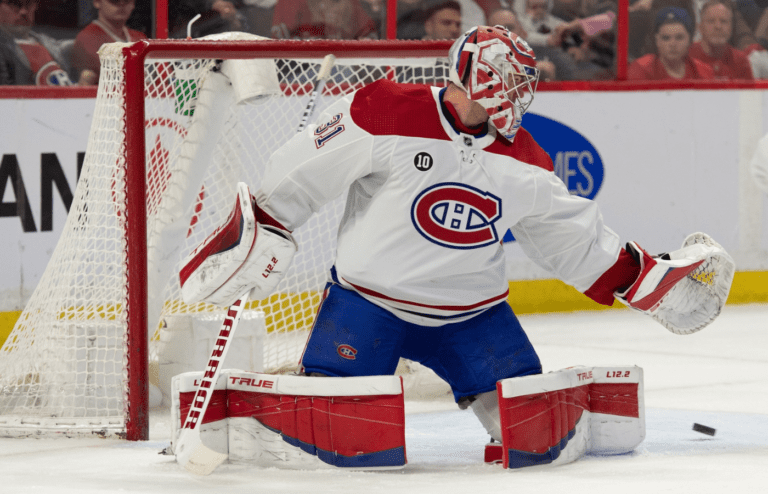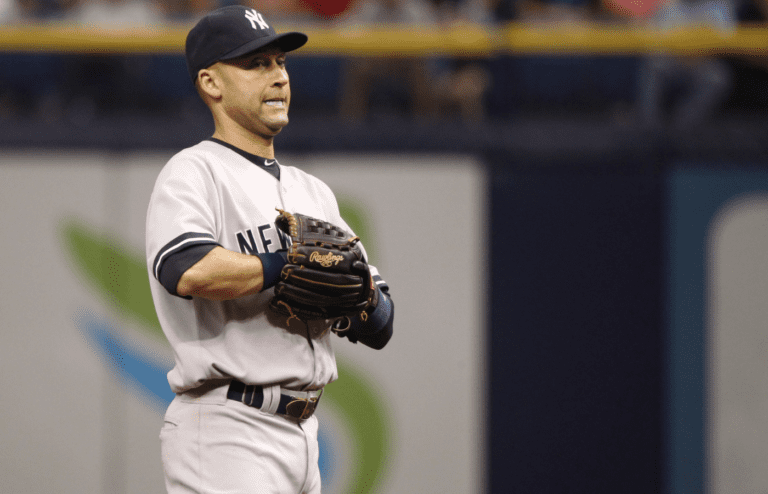WNBA Players Demand Change Over Pay and Grueling Schedule
This year’s WNBA All-Star Weekend was meant to be a celebration. But before the first whistle, the message was clear and it wasn’t about basketball alone. Stepping onto the court in black shirts stamped with “Pay us what you owe us”, players made their stance public: the WNBA needs change, and it needs it now.
That message hit hard, and it’s not just about money. The Women’s National Basketball Players Association (WNBPA) opted out of the current collective bargaining agreement (CBA) last October, forcing the league into tough negotiations set to shape its future for the next seven years. According to WNBPA president Nneka Ogwumike, the current salary system simply isn’t fair anymore. “We want a structure that reflects the growth and investment we’re seeing,” she stated.
Read More: Caitlin Clark Steps Up Amid WNBA Salary Battle
Rebecca Lobo Weighs In.
While the headlines focus on pay and revenue sharing, ESPN analyst and former WNBA star Rebecca Lobo has shed light on another major issue, scheduling. And the numbers don’t lie. Lobo’s tweet outlined a worsening trend:
- 2021: 4.03 days between games
- 2022: 2.81 days
- 2023: 2.88 days
- 2024: 3.23 days
- 2025: just 2.70 days
This year, the league expanded the regular season from 40 to 44 games but didn’t extend the calendar. The result? Players are being run into the ground with barely any time to recover. Satou Sabally of the Mercury didn’t hold back: “Nine games in 18 days, it’s not responsible.”
Stars like Sabrina Ionescu and Breanna Stewart echoed her concerns. Even Fever head coach Stephanie White called the current pace “unsustainable,” pointing to a brutal stretch of six games in 11 days with cross-country travel.
The impact is widespread. From rookies like Sonia Citron to seasoned vets, players are feeling the grind. And it’s showing on the court, in lost rhythm, poor recovery, and rising injury rates. The Liberty, for example, played four games in six days in May, followed by a long six-day break in July.
Still, there’s hope. Lobo, speaking on SportsCenter, expressed optimism: “I do think there’s a lot of common ground.” With 40 players showing up for the latest CBA meeting, including headliners like Caitlin Clark and Angel Reese, player unity is stronger than ever.
The WNBA is at a crossroads. What happens next could define the league for a decade. But if both sides listen and if the players’ voices keep getting louder change is coming.
Read More: WNBA Players Fire Back at League’s “Slap in the Face” Deal

